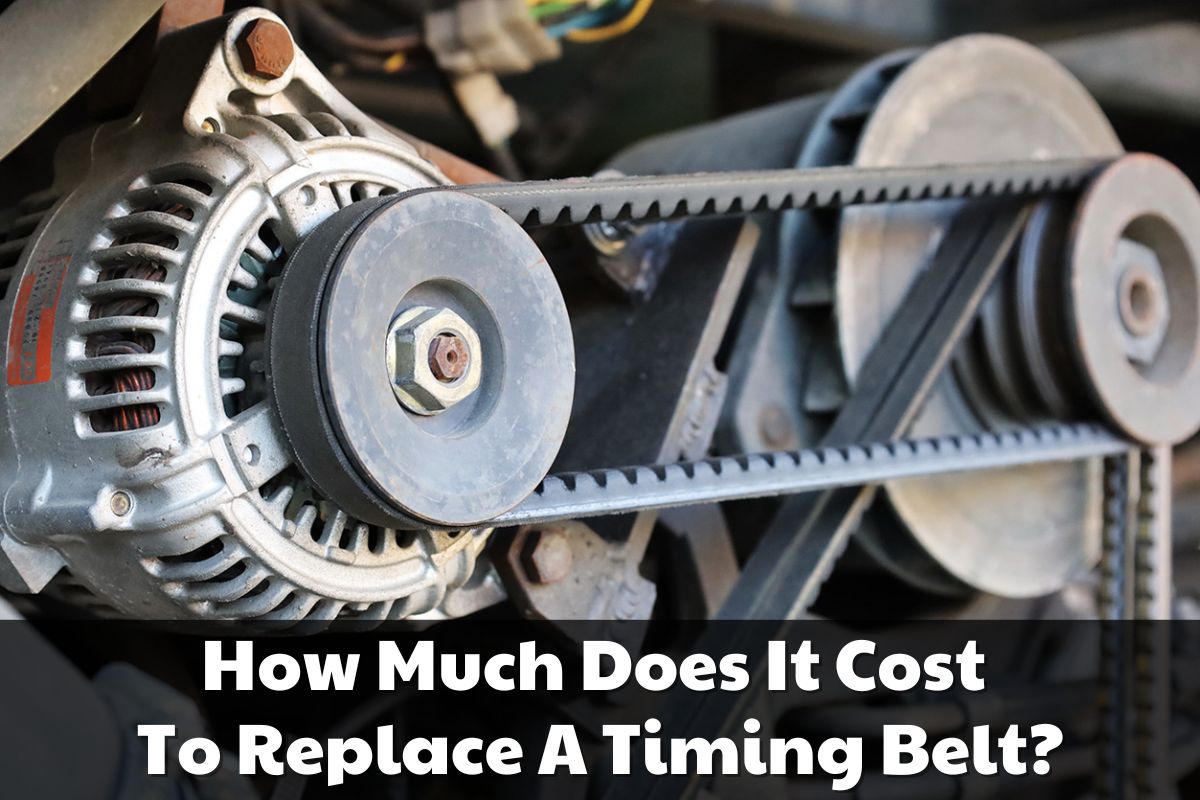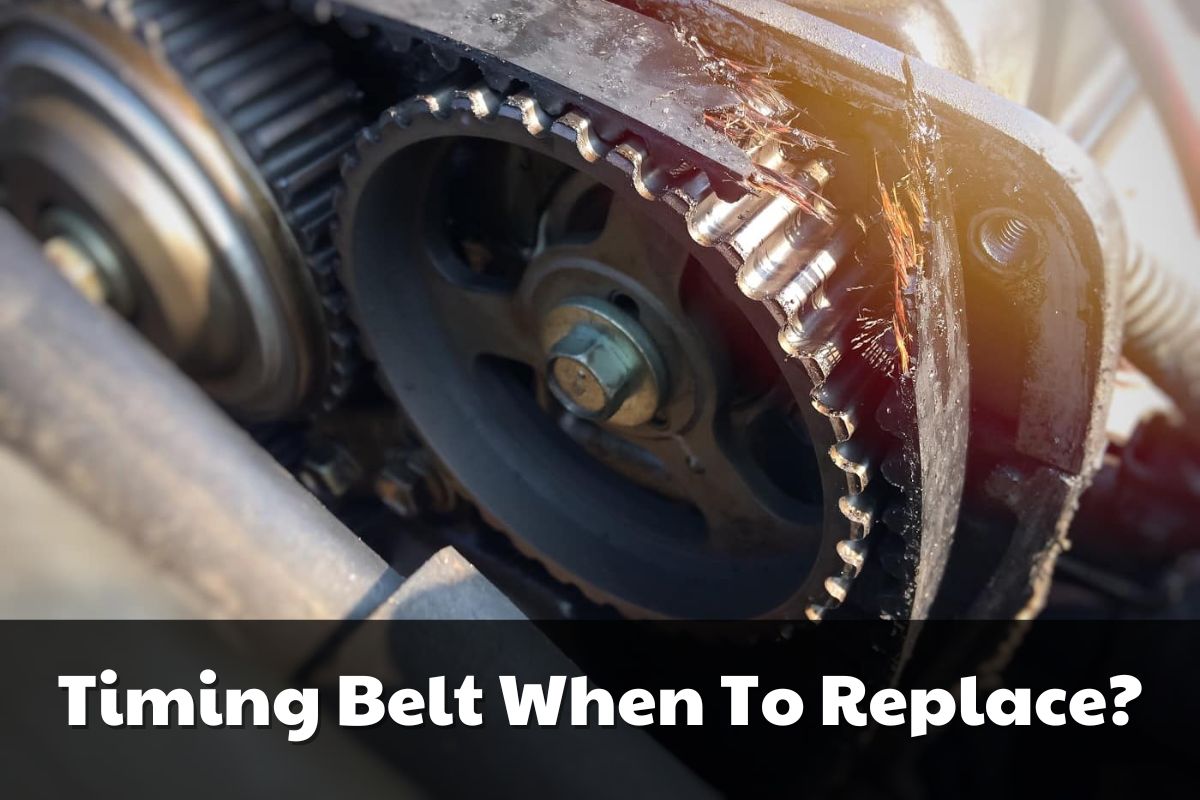The topic of “What Does A Timing Belt Do To Your Car” is widely discussed by various sources such as local mechanics and online car enthusiast forums like Reddit, sparking curiosity about its importance in vehicle maintenance. Let’s dive into the functionality and significance of a timing belt. Learn more about timing belts with bradscartunes.com
Search terms: timing belt warning signs, What does a timing belt do to your car, timing belt replacement cost, is a timing belt a pulley or sprocket, timing belt replacement recommendations by make and model, what happens when timing belt breaks, how does a timing belt work, what causes timing belt to break
What Does A Timing Belt Do To Your Car?
Your car’s drive belt, or timing belt, plays a critical role in ensuring that your vehicle’s internal combustion engine runs smoothly and efficiently.
Acting as the synchronization regulator between the crankshaft and camshaft, the drive belt facilitates the proper functioning of your vehicle’s pistons and valves. This is essential to the combustion process, as the valves control the intake and exhaust fuel/air mixture while the piston moves up and down, generating the power needed to propel the vehicle forward.
Timing belts are commonly used in some cars and trucks due to their quietness and efficiency, as well as their ability to operate without lubrication. They are made of a durable rubber compound. On the other hand, timing chains or gears are known for their durability but may not be as efficient or quiet as timing belts.
A faulty drive belt can lead to severe engine damage, so it’s crucial to adhere to recommended maintenance and replacement schedules outlined in your car’s owner’s manual. Whether your car is brand new or older, ensure that the drive belt is in good condition to keep your car running at peak performance.
It is recommended to have both the timing belt and water pump replaced simultaneously. Water pumps have similar lifespans and are easily accessible when the timing belt is removed. By doing so, you can save on installation costs compared to waiting and having them replaced separately.
How Much is a Timing Belt?
The cost of a timing belt can vary depending on the extent of damage caused. A faulty timing belt can lead to desynchronization of valves and potential piston damage, resulting in expensive repairs exceeding $2,000. Even if further damage is avoided and the vehicle can be taken to a service center, drivers from Tyler and Longview should be prepared to invest over $1,000 for a new timing belt, including labor costs. It is generally recommended to replace the timing belt every 60,000 to 100,000 miles.
Timing Belts: Material and Function
Modern timing belts are made from rubber or synthetic materials such as neoprene, polyurethane, or highly saturated nitrile. These belts are reinforced with high-tensile strength cords, including Kevlar, polyester, or fiberglass, which run the entire length to minimize stretching over time. One side of the belt features trapezoidal or curvilinear teeth that are precisely shaped and sized to engage with the pulleys on the crankshaft and camshaft.
Engines equipped with timing chains are lubricated by oil, ensuring protection and longevity. However, for engines with rubber timing belts, a “dry” setup is employed to prevent oil or coolant from interacting with the belt, as it can cause damage.
The Consequences of a Faulty Timing Belt
Many modern engines are designed as interference engines, where the valves and pistons share the same space in the cylinder during different stages of the combustion cycle. This arrangement optimizes efficiency and power thanks to the reduced cylinder volume, enabling higher compression. It’s important to note that older vehicles with non-interference engines could usually survive a broken timing belt with minimal damage. However, interference engines are far more susceptible to severe consequences in such situations.
In the event of a timing belt failure, the camshaft ceases to open the valves in the correct sequence, leading to potential collisions with the pistons. This collision can cause extensive damage to the engine, necessitating costly repairs or even engine replacement. This financial burden often prompts vehicle owners to consider purchasing a new vehicle altogether.
By understanding the composition and importance of timing belts, and the risks associated with their failure in interference engines, owners can take the necessary precautions to ensure the longevity and proper functioning of their vehicles.
Timing Belt: Lifespan and Replacement Costs
The lifespan of a timing belt depends on various factors. While many experts suggest replacing the timing belt after driving for 60,000 to 100,000 miles or using it for seven to ten years, it is best to follow the manufacturer’s recommendations. Each vehicle manufacturer provides a service interval for the timing belt in the vehicle’s service manual, which is crucial to avoid costly and inconvenient timing belt failures.
Driving with a Failed Timing Belt
If you suspect that your timing belt is faulty, it is essential to address the issue promptly. A timing belt failure while driving can cause severe engine damage, leading to either a major engine rebuild or a complete replacement. While some vehicle maintenance tasks can be postponed, replacing a timing belt should not be one of them.
Replacement Costs of a Timing Belt
The cost of a timing belt itself is relatively low. However, replacing the timing belt involves labor-intensive work. The timing belt is an internal engine component, requiring the mechanic to remove multiple external engine parts to access and replace it. The cost of a timing belt replacement typically starts in the range of several hundred dollars, varying based on the make and model of the vehicle. In some cases, the cost can exceed four figures.

Avoid the Costly Gamble
Choosing to ignore a worn timing belt is a high-stakes gamble. The potential repair costs resulting from a timing belt failure while driving can far exceed the expense of timely replacement. Safeguard your engine and financial security by prioritizing the replacement of a worn-out timing belt.
Signs Your Car Needs a New Timing Belt
Whether your vehicle is equipped with a timing chain or a rubber belt, it is crucial to be aware of signs that indicate potential issues. If you notice any of the following warning signs, consider scheduling a service appointment at bradscartunes.com service center in Longview, conveniently located just a short drive from Marshall:
- Engine misfires
- Ticking noise from the engine
- Oil leaks from the front of the motor
- Engine performance irregularities between 2000 – 4000 RPM
- Increased smoke and fumes
- Difficulty turning over the engine

When should a timing belt be replaced? Typically, timing belts are rated for a range of 60,000 to 90,000 miles. Since they cannot be easily inspected, it is recommended to follow a scheduled replacement. Consult your manual for guidance on timing belt replacement. If it’s time for a replacement, bring your vehicle to any of our convenient store locations.
Get More Car Maintenance Tips from Brad’s Car Tunes
For inquiries about your vehicle’s timing belt or if you suspect a malfunction, please don’t hesitate to reach out to us at Brad’s Car Tunes. Our knowledgeable representatives are more than happy to assist you and can even help schedule a convenient service appointment for you. Additionally, we offer a wide selection of top-quality car parts and accessories for your convenience. Don’t forget to check out our range of available parts, and remember that some items may be covered by your Chevy, Chrysler, Jeep, RAM, or Dodge warranty.


I’m Timothy Ballard, owner of a used car dealership in Springfield. I love just about everything automotive, but I have a special place in my heart for trucks. I’m an ASE Certified Master Technician, so I know my way around a car. In my spare time, I enjoy traveling with my family and hiking new trails.

The camshaft and crankshaft must work in perfect harmony for an internal combustion engine to function smoothly and efficiently. This is where the timing belt plays a crucial role. By keeping these shafts in sync, the timing belt ensures optimal engine performance. However, if the timing belt becomes loose or breaks, it can lead to a range of issues, including engine misfire, declined performance, difficulty starting the engine, oil leaks, and rough idling.
Neglecting a loose timing belt can have serious consequences, possibly resulting in complete engine failure. That’s why it’s vital to regularly inspect the condition of the timing belt and promptly replace it at the first sign of wear and tear. Ensure your engine’s longevity and reliability by being proactive with timing belt maintenance.